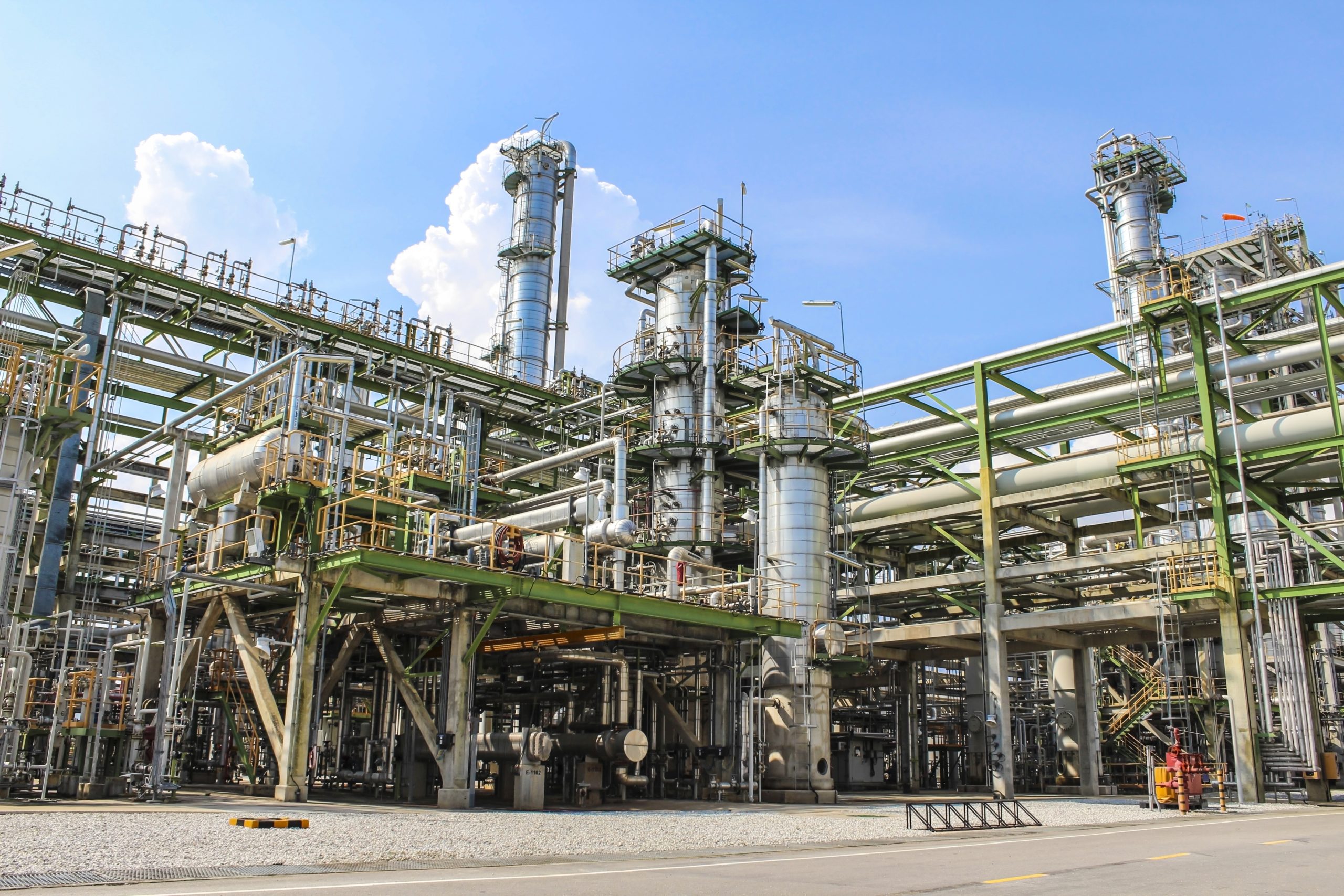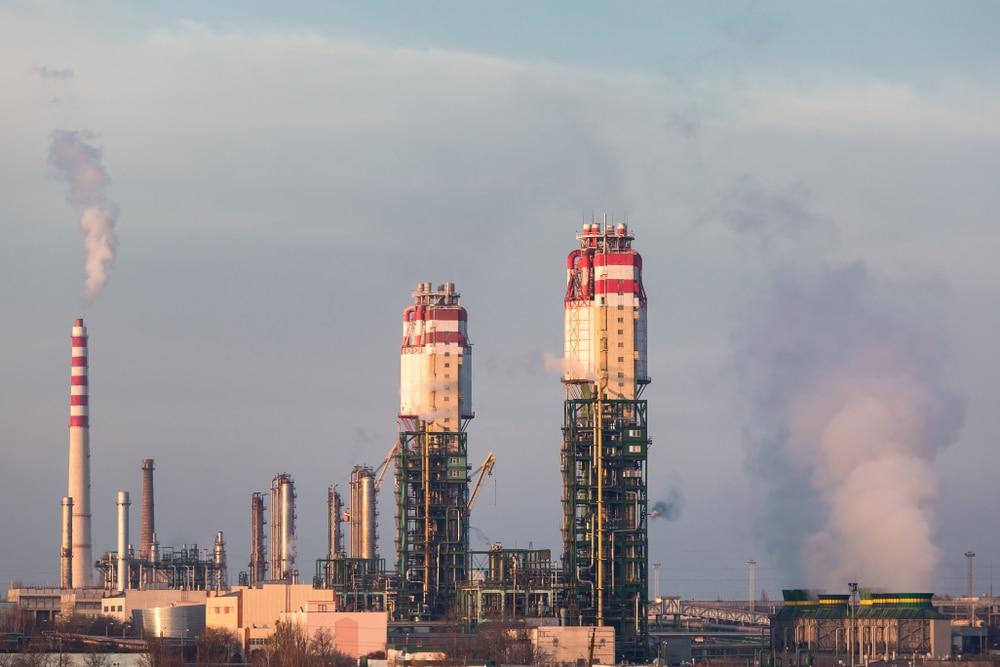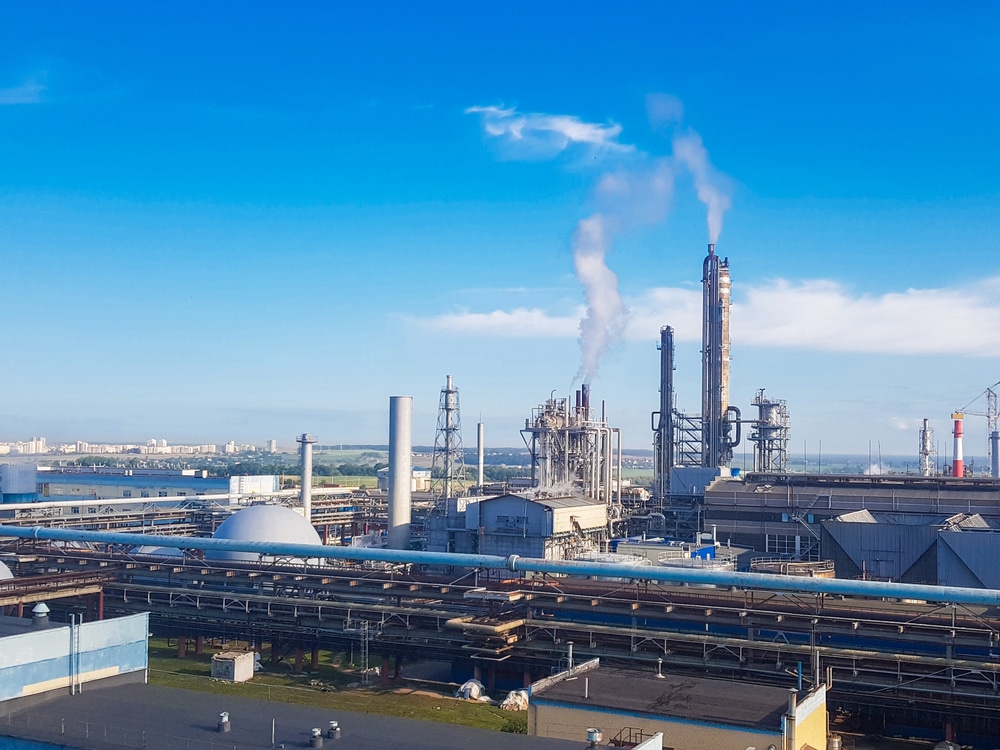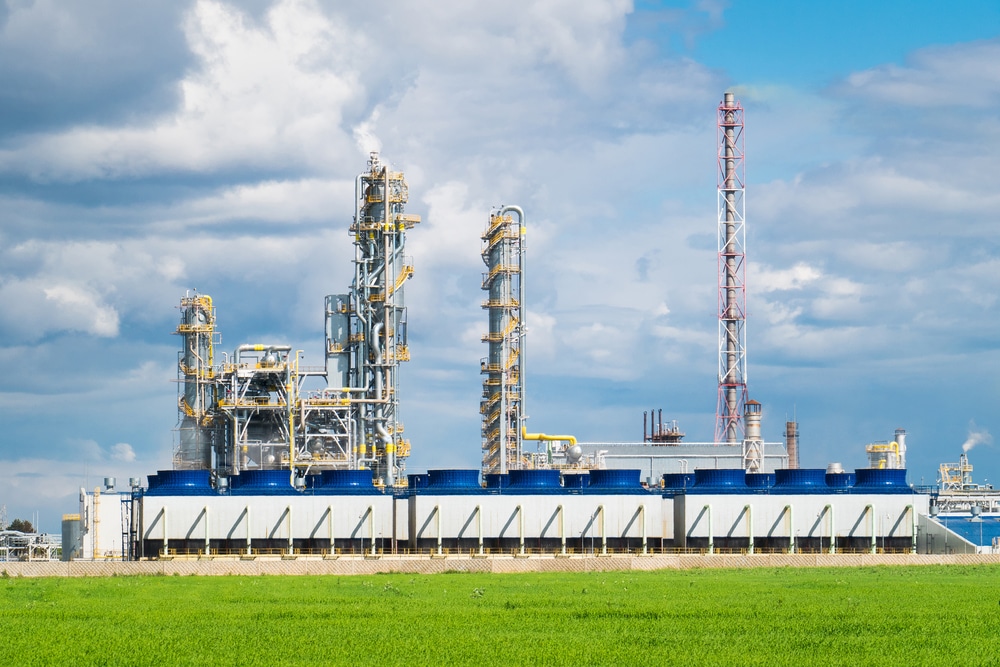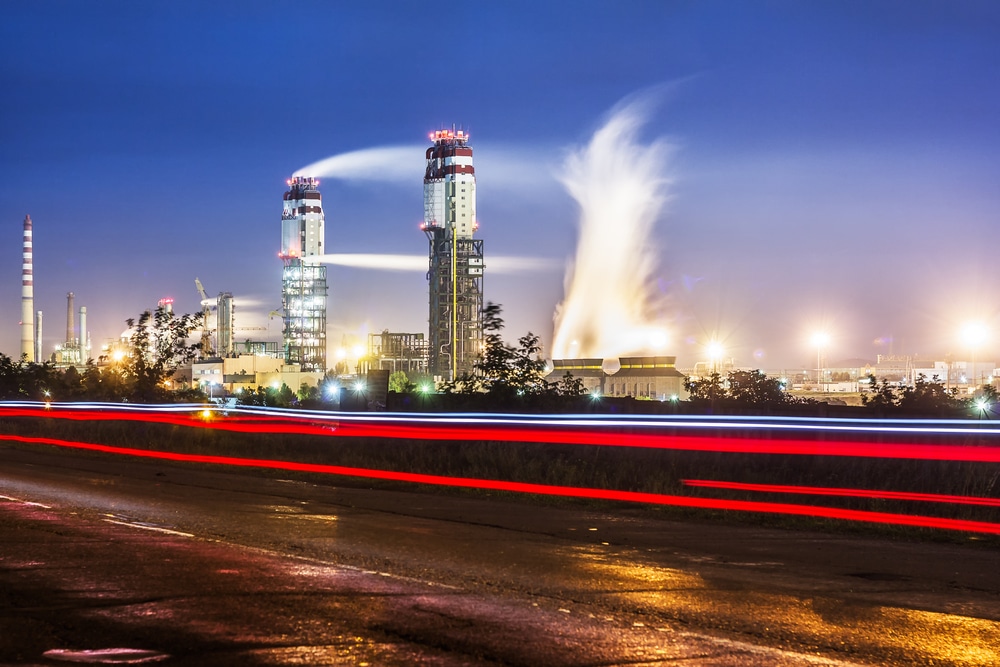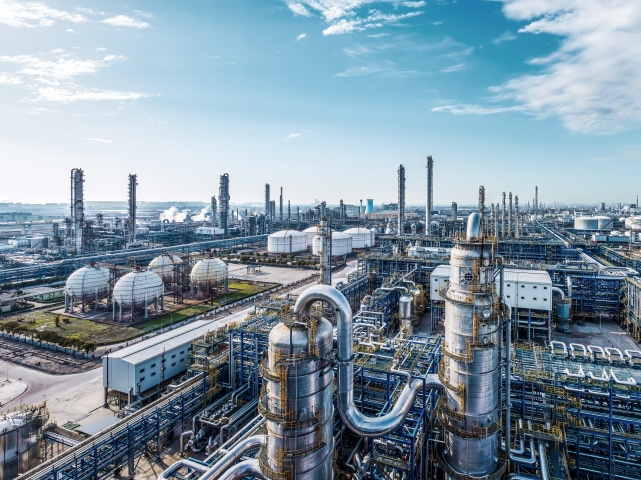Fertilizer (Nitrogen+Syngas)
Fertilizers are essential for plants as they provide the necessary nutrients for growth and higher yields.
Besides carbon, hydrogen, and oxygen from the atmosphere and water, plants need 14 essential nutrients, mainly nitrogen (N), phosphates (P), and potassium (K), which fertilizers provide. Fertilizers support sustainable agriculture globally, producing half the food we eat.
Mineral fertilizers are essential for modern agriculture, and they come in three main types: Nitrogen, Phosphatic, and Potash. Each type plays a crucial role in plant growth and soil health.
